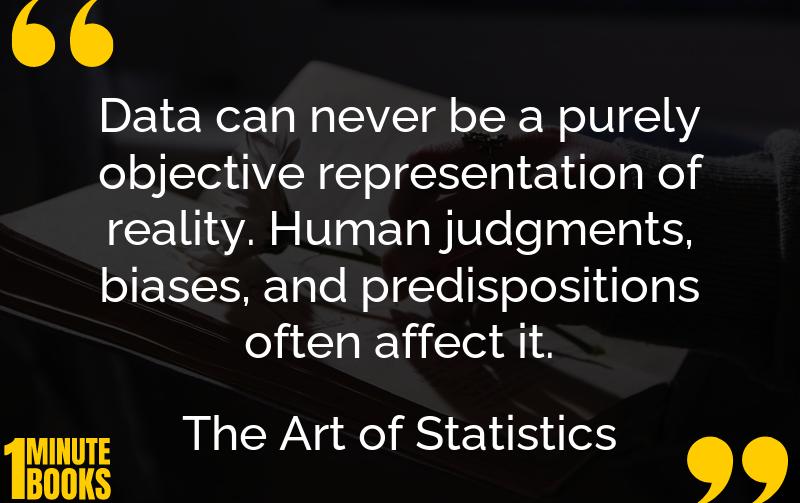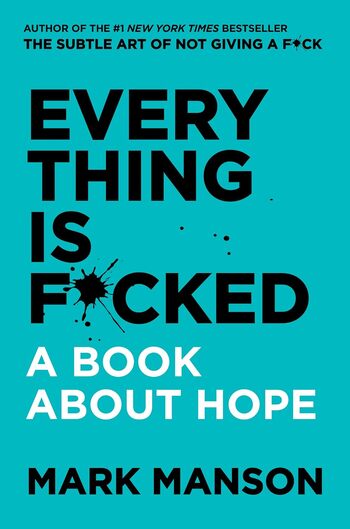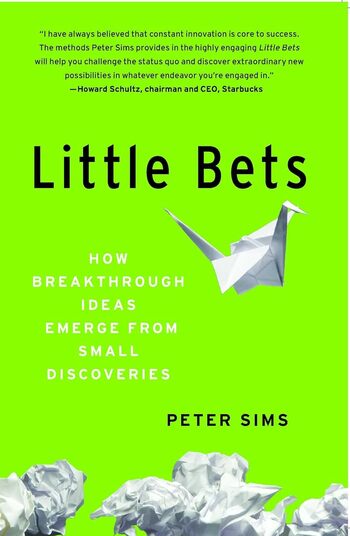
This book explores the significant role of statistics in understanding data’s real-world applications. It uncovers statistical challenges, biases, data visualization, and common fallacies in interpreting data, highlighting its societal impact.
Main Lessons
- The PPDAC cycle (Problem, Plan, Data, Analysis, Conclusion) helps solve real-world problems through statistical analysis.
- Statisticians must account for human biases in data collection and interpretation.
- Effective data visualization requires careful design to avoid misinterpretation.
- False positives can arise from questionable research practices, emphasizing caution in interpreting findings.
- Media often distorts statistical claims, heightening the need for critical thinking in data consumption.
- Using inappropriate averages can lead to misleading conclusions; understanding different types is vital.
- Correlation does not imply causation—a crucial reminder against making erroneous connections.
- Probability aids in making reliable predictions about unpredictable events.
- Statistical claims wield powerful influence; their presentation can enlighten or mislead audiences.
- Conduct robust analysis before drawing conclusions from statistical results.
- Recognize the potential for biases and predispositions in data analysis.
- Understand how framing statistics can manipulate public perception.
- The role of statisticians is pivotal in clarifying complex data to solve pressing problems.
- Statistics, when used responsibly, empowers informed decision-making.
- Approach statistical findings with skepticism, verifying them with context and supporting sources.








